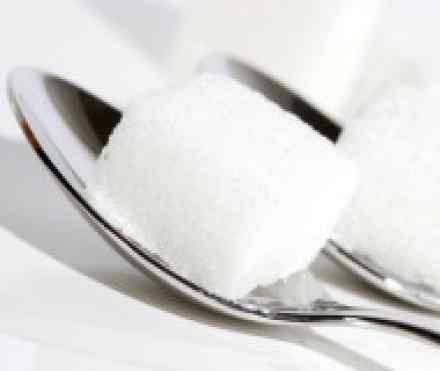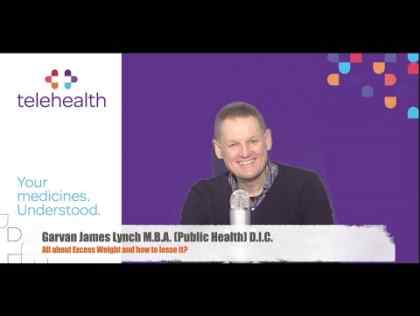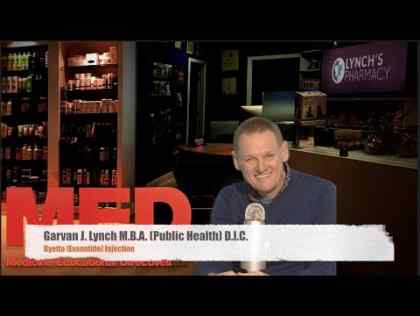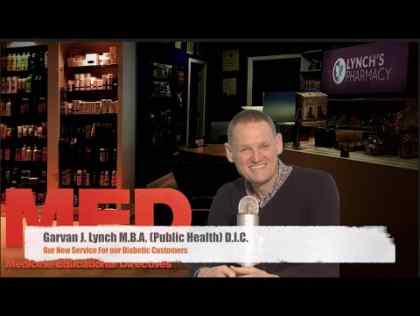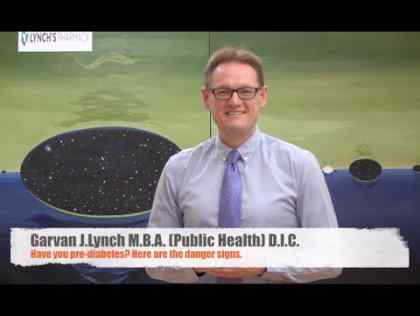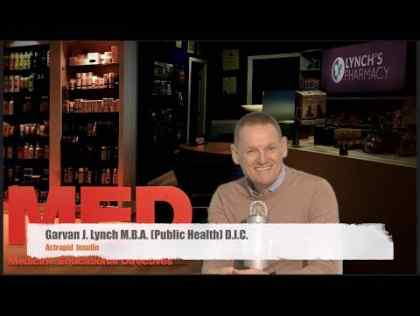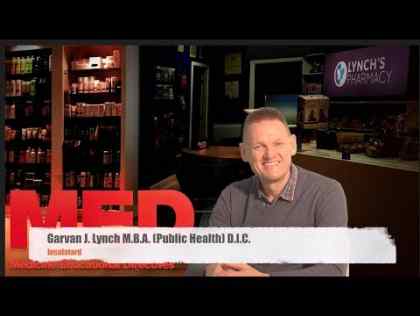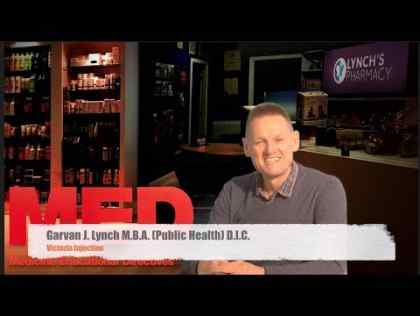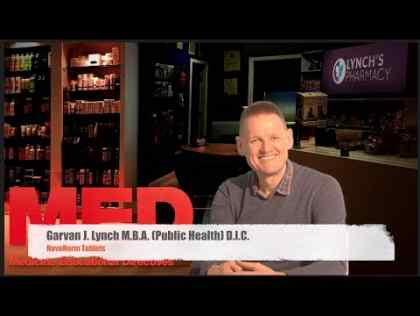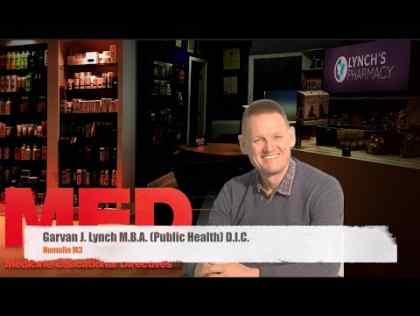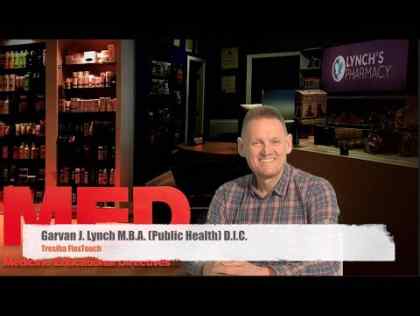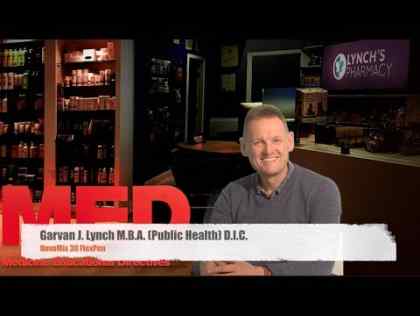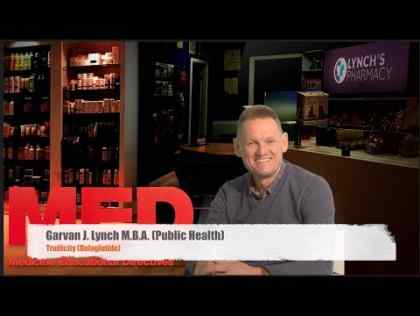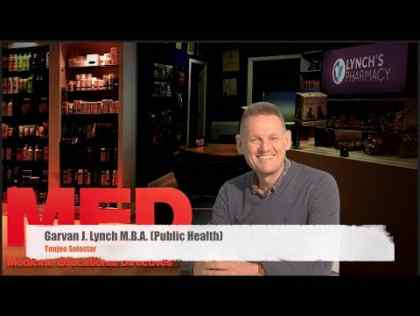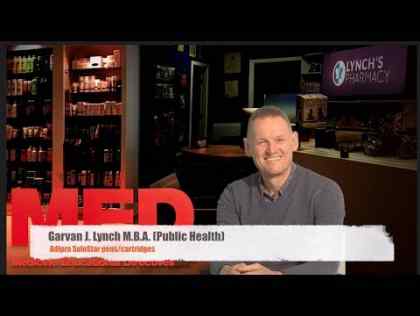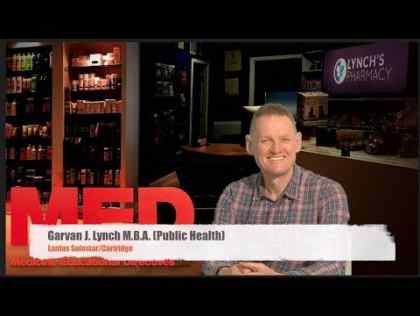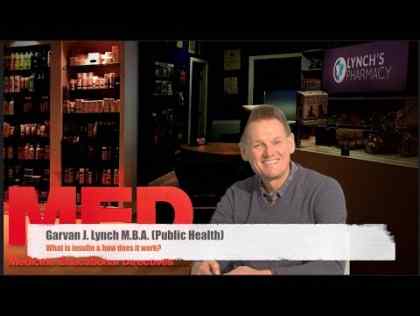Early signs and symptoms of diabetic hypoglycemia include:
Nighttime symptoms
Diabetic hypoglycemia can also occur while you sleep. Signs and symptoms include:
-
Damp sheets or bed clothes due to perspiration
-
Nightmares
-
Tiredness, irritability or confusion upon waking
Severe symptoms
If early symptoms of diabetic hypoglycemia go untreated, signs and symptoms of severe hypoglycemia can occur. These include:
-
Clumsiness or jerky movements
-
Muscle weakness
-
Difficulty speaking or slurred speech
-
Blurry or double vision
-
Drowsiness
-
Confusion
-
Convulsions or seizures
-
Unconsciousness
Take your symptoms seriously. Diabetic hypoglycemia can increase the risk of serious — even deadly — accidents. Left untreated, hypoglycemia can lead to seizures and loss of consciousness.
Tell family, friends and co-workers what symptoms to look for and what to do in case you're not able to treat hypoglycemia yourself.
Not everyone has the same symptoms or the same symptoms each time, so it's important to monitor your blood sugar levels regularly and keep track of how you're feeling when you do have low blood sugar. Some people don't experience any early symptoms. This is called hypoglycemia unawareness.
Causes
Hypoglycemia — defined as blood sugar below 70 milligrams per deciliter (mg/dL) or 4 millimoles per liter (mmol/L) — occurs when there's too much insulin and not enough sugar (glucose) in your blood. Hypoglycemia is most common among people who take insulin, but it can also occur if you're taking oral diabetes medications.
Common causes of diabetic hypoglycemia include:
-
Taking too much insulin or diabetes medication
-
Not eating enough
-
Postponing or skipping a meal or snack
-
Increasing exercise or physical activity without eating more or adjusting your medications
-
Drinking alcohol
Blood sugar regulation
During digestion, your body breaks down carbohydrates from foods — such as bread, rice and pasta — into various sugar molecules. One of these sugar molecules is glucose, a main energy source for your body. Glucose is absorbed directly into your bloodstream after you eat, but it can't enter the cells of most of your tissues without the help of insulin — a hormone secreted by your pancreas.
When the level of glucose in your blood rises, it signals your pancreas to release insulin. The insulin, in turn, unlocks your cells so that glucose can enter and provide the fuel your cells need to function properly. Any extra glucose is stored in your liver and muscles in the form of glycogen. This process lowers the amount of glucose in your bloodstream and prevents it from reaching dangerously high levels. As your blood sugar level returns to normal, so does the secretion of insulin from your pancreas.
For people with diabetes, the effects of insulin on your body are drastically diminished, either because your pancreas doesn't produce enough of it (type 1 diabetes) or because your cells are less responsive to it (type 2 diabetes). As a result, glucose tends to build up in your bloodstream and may reach dangerously high levels (hyperglycemia). Insulin or other drugs are used to lower blood sugar levels.
If you take too much insulin relative to the amount of glucose in your bloodstream, however, it can cause your blood sugar level to drop too low and result in hypoglycemia. Hypoglycemia may also result if, after taking your diabetes medication, you don't eat as much as usual (ingesting less glucose) or you exercise more (using up more glucose) than you normally would. Your doctor usually works with you to find the optimum dosage that fits your regular eating and activity habits to prevent this imbalance from happening.
Complications
If you ignore the symptoms of hypoglycemia too long, you may lose consciousness. That's because your brain needs glucose to function. Recognize the signs and symptoms of hypoglycemia early because untreated, hypoglycemia can lead to:
-
Seizures
-
Loss of consciousness
-
Death
On the other hand, be careful not to overtreat your low blood sugar. If you do, you may cause your blood sugar level to rise too high (hyperglycemia). This, too, can be dangerous and may cause damage to your nerves, blood vessels and various organs.
Diagnosis
Home blood sugar monitoring
You can determine if you have low blood sugar by using a blood glucose meter — a small computerized device that measures and displays your blood sugar level. You have hypoglycemia when your blood sugar level drops below 70 milligrams per deciliter (mg/dL) or 4 millimoles per liter (mmol/L).
It's important to record the date, time, test results, medication and dosage, and diet and exercise information each time you test your blood. Also, note any low blood sugar reactions. Your doctor diagnoses hypoglycemia using your records and looks for patterns to see how your medications and lifestyle affect your blood sugar.
Glycated hemoglobin (A1C) test
Your doctor may also conduct an A1C test. This blood test indicates your average blood sugar level for the past two to three months. It works by measuring the percentage of blood sugar attached to hemoglobin, the oxygen-carrying protein in red blood cells. The A1C test confirms your home blood sugar monitoring results and determines the effectiveness of your diabetes treatment program.
How often you need the A1C test depends on the type of diabetes you have and how well you're managing your blood sugar. Most people, however, receive this test between two and four times a year.
Treatments and drugs
If you think that your blood sugar may be dipping too low, check your blood sugar level with a blood glucose meter. Then eat or drink something that will raise your blood sugar level quickly. For example:
-
Five to six pieces of hard sweets
-
Four ounces (118 milliliters) fruit juice or regular — not diet — soft drink
-
One tablespoon (15 milliliters) sugar, jelly or honey
-
Three glucose tablets (available at most pharmacies)
If you experience symptoms of low blood sugar but can't check your blood sugar level right away, treat yourself as though you have hypoglycemia. In fact, you might want to carry at least one sugary item with you at all times. It's also a good idea to wear a bracelet that identifies you as someone who has diabetes.
Check your blood sugar level again 15 to 20 minutes later. If it's still too low, eat or drink something sugary. When you feel better, be sure to eat meals and snacks as usual.
When you meet with your doctor, mention any episodes of hypoglycemia. He or she will consider what triggered the hypoglycemia. If necessary, your doctor may change your diabetes treatment plan to prevent future problems with low blood sugar.
Emergency treatment
Hypoglycemia can leave you confused or even unconscious. In case you're not able to treat hypoglycemia yourself, make sure your family, friends and co-workers know what to do.
If you lose consciousness or can't swallow:
-
You shouldn't be given fluids or food, as this may cause choking
-
You need an injection of glucagon — a hormone that stimulates the release of sugar into the blood
-
You need emergency treatment in a hospital if a glucagon injection isn't on hand
Glucagon is available by prescription only and comes in an emergency syringe kit. It contains one dose that has to be mixed before being injected. Store the glucagon at room temperature and be aware of the expiration date. Because vomiting can occur after an injection, you must be turned on your side to prevent choking if you're unconscious.
In 15 minutes you should be alert and able to swallow. You then need to eat. If you don't respond within 15 minutes, medical assistance should be called immediately.
Prevention
Following are suggestions that can help prevent diabetic hypoglycemia:
-
Don't skip or delay meals or snacks. If you take insulin or oral diabetes medication, it's important that you be consistent about the amount and timing of your meals and snacks. The food you eat must be in balance with the insulin working in your body.
-
Monitor your blood sugar. Depending on your treatment plan, you may check and record your blood sugar level several times a week or several times a day. Careful monitoring is the only way to make sure that your blood sugar level remains within your target range.
-
Measure medication carefully, and take it on time. Take your medication as recommended by your health care provider.
-
Adjust your medication or eat additional snacks if you increase your physical activity. The adjustment depends on the blood sugar test results and on the type and length of the activity.
-
Eat a meal or snack with alcohol, if you choose to drink. Drinking alcohol on an empty stomach can cause hypoglycemia.
-
Keep a record of any low glucose reactions. This can help you and your health care team see patterns contributing to hypoglycemia and find ways to prevent them.
-
Carry some form of diabetes identification so in an emergency others will know that you have diabetes. Use a medical identification necklace or bracelet and wallet card.
References:
http://www.diabetes.org/living-with-diabetes/treatment-and-care/blood-glucose-control/hypoglycemia-low-blood.html
https://en.wikipedia.org/wiki/Diabetic_hypoglycemia
https://www.diabetes.org.uk/Guide-to-diabetes/Complications/Hypos-Hypers/
http://care.diabetesjournals.org/content/26/6/1902
